Visualization goes by various other names such as imaging, cognitive behavioral rehearsal, mental imagery, and imagining. With these all really refer to is the internal process of generating mental pictures or mental movies in one’s mind. There is a fair amount of research that demonstrates the effectiveness of visualization, but overall the process of visualizing data or information is highly subjective and it really depends upon the visualizer’s ability to make mental images and to control such images.
Showing all 120 results



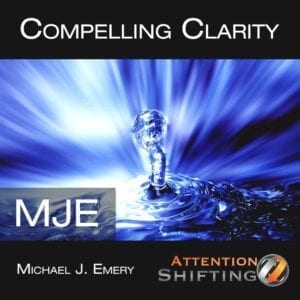


















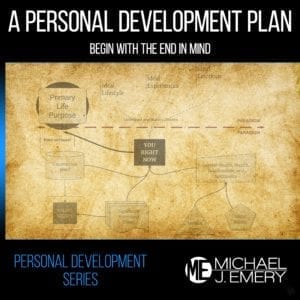








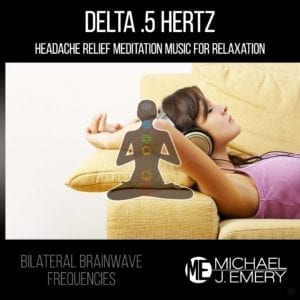
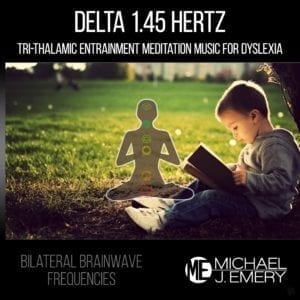







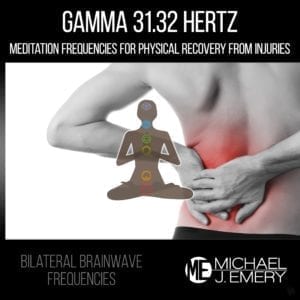














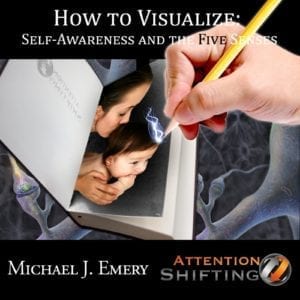
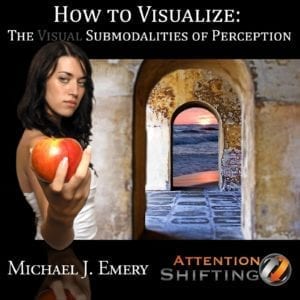







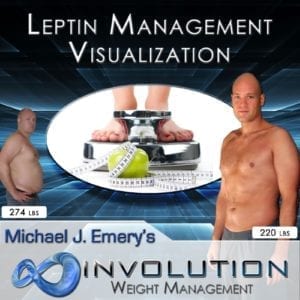




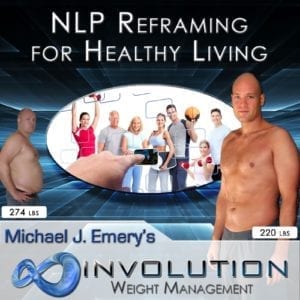
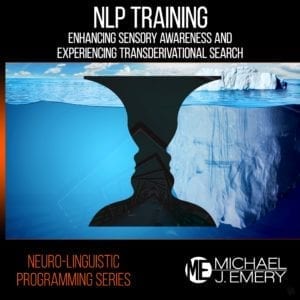
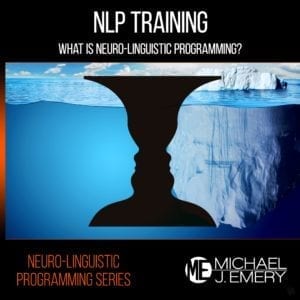


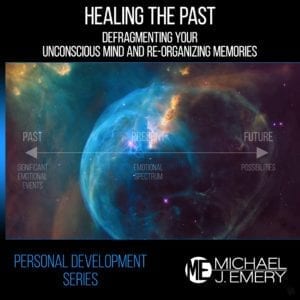
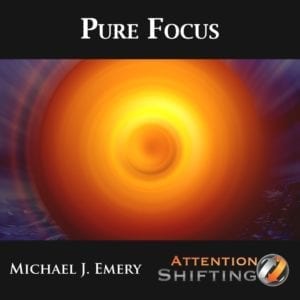






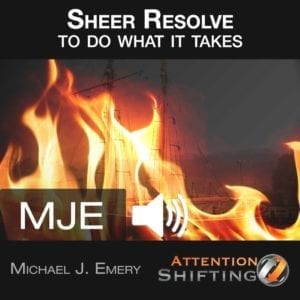






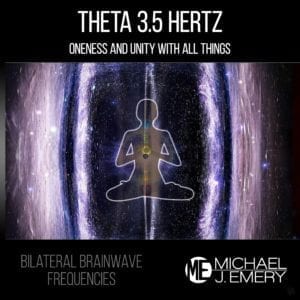
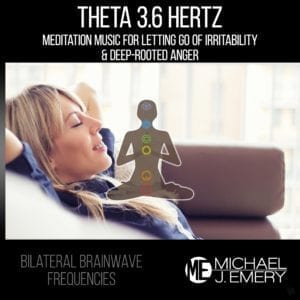





























Visualization goes by various other names such as imaging, cognitive behavioral rehearsal, mental imagery, and imagining. With these all really refer to is the internal process of generating mental pictures or mental movies in one’s mind. There is a fair amount of research that demonstrates the effectiveness of visualization, but overall the process of visualizing data or information is highly subjective and it really depends upon the visualizer’s ability to make mental images and to control such images.
People have been able to change habits, reduce stress, manage social anxiety, and even enhance athletic performance through the utilization of fairly simple visualization techniques. Most notably creative visualization is used by many within the realms of advertising, engineering, product design, entertainment and of course writing and other forms of art.
We sleep one third of our lives away…
This quote is attributed to Albert Einstein, the famous scientist and researcher who developed the theory of general relativity. According to folklore Einstein was notorious for taking naps on the job and it is said that his eureka moment Discovery for the theory of general relativity happened while he was daydreaming and making internal pictures and mental movies. Now daydreaming is in mostly subconscious, associative experience of internal imagery, whereas, visualization or creative visualization is a linear, consciously direct process that can be used to represent information or ideas that do not tangibly exist… yet.
Visualization works through your mind’s capacity to generate internal imagery, mental movies, sounds, feelings, sensations and more. All of this is referred to as your internal representation within the field of NLP. In fact, I will state that NLP is the only field of scientific approach that has delineated the process of subjective experience and turned it into a model which is referred to as the Universal Modeling Process. Without awareness of the presuppositions and specific NLP techniques, one’s capacity to visualize is fairly limited and left to random chance. Here’s why:
NLP defines that within an individual’s subjective experience, he or she has the capacity to change the subtle dynamics of all of the data. For example, you can imagine a tree…
Now whatever happened from that command is relatively ambiguous. It could have been any sort of tree. It could have been a palm tree or a pine tree. It could’ve been a big tree or a little tree… Now, we can apply NLP submodalities:
These are just a few possibilities of how visualization can be changed by applying NLP submodalities.
There are countless visualization techniques that can be used to enhance one’s capacity to visualize and control mental imagery. In fact I have an entire audio program series dedicated to How to Visualize and it utilizes powerful visualization exercises. The techniques used in these three audio programs rely heavily upon NLP submodalities Applied in a training format so that your conscious and unconscious mind will get used to the process.
In understanding how to do creative visualization, the best visualization techniques are the ones that you can immediately apply and the ones that work to change your emotional state. If you are not getting excited about the things that you’re visualizing; if you’re not feeling empowered by what you’re visualizing; then you’ve got to change the content and or the dynamics of the content through the use of NLP submodalities.
This is an old video utilizing some visualization techniques that are based upon the Rosicrucian Order (AMORC). I personally believe that there is a better approach to this but is less direct and more ambiguously effective.
Explore audio program categories utilizing the best techniques in neuro-linguistic programming, Ericksonian hypnosis, brainwave frequencies, and guided visualization.